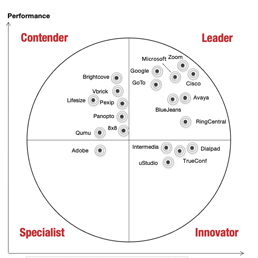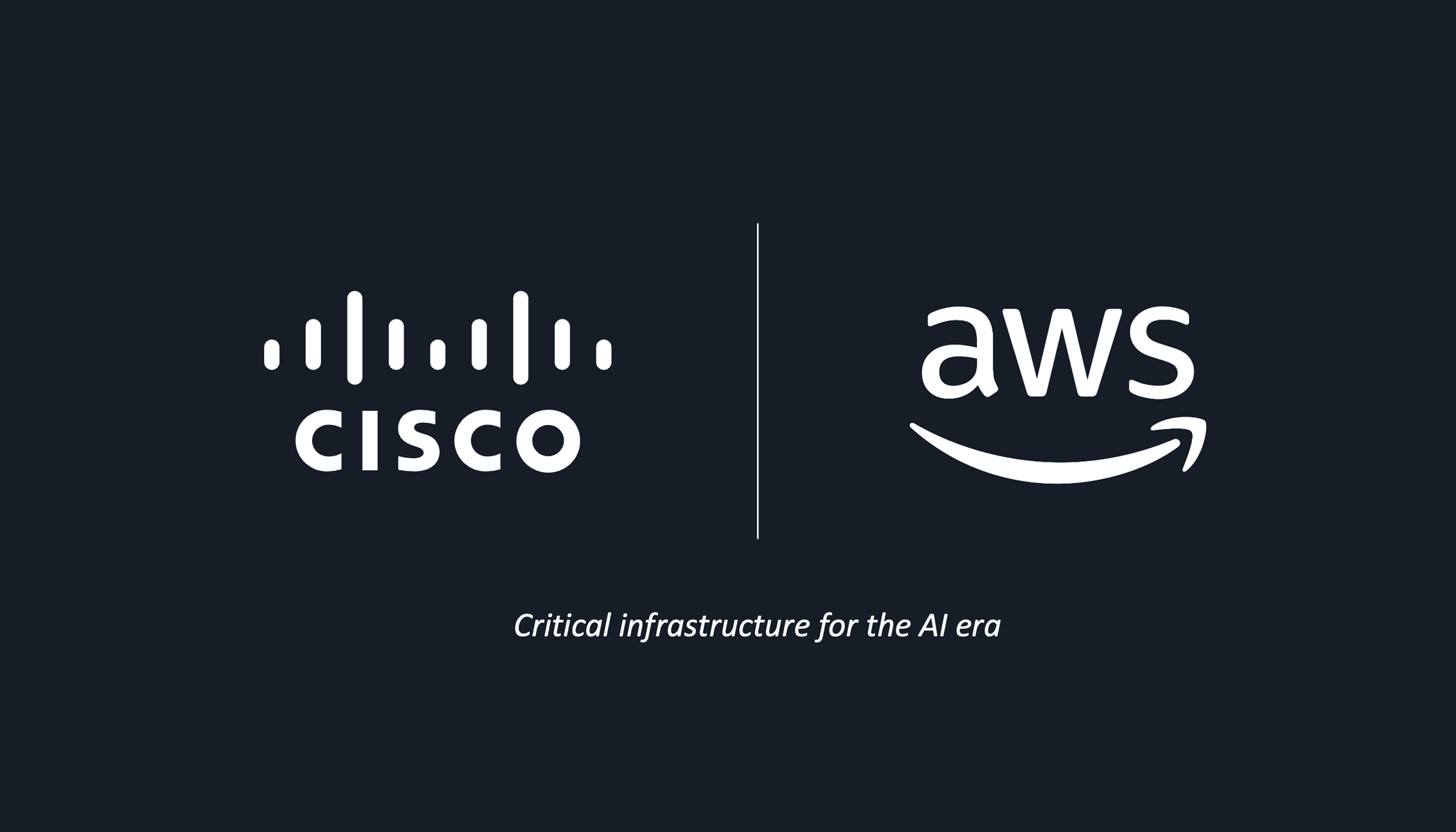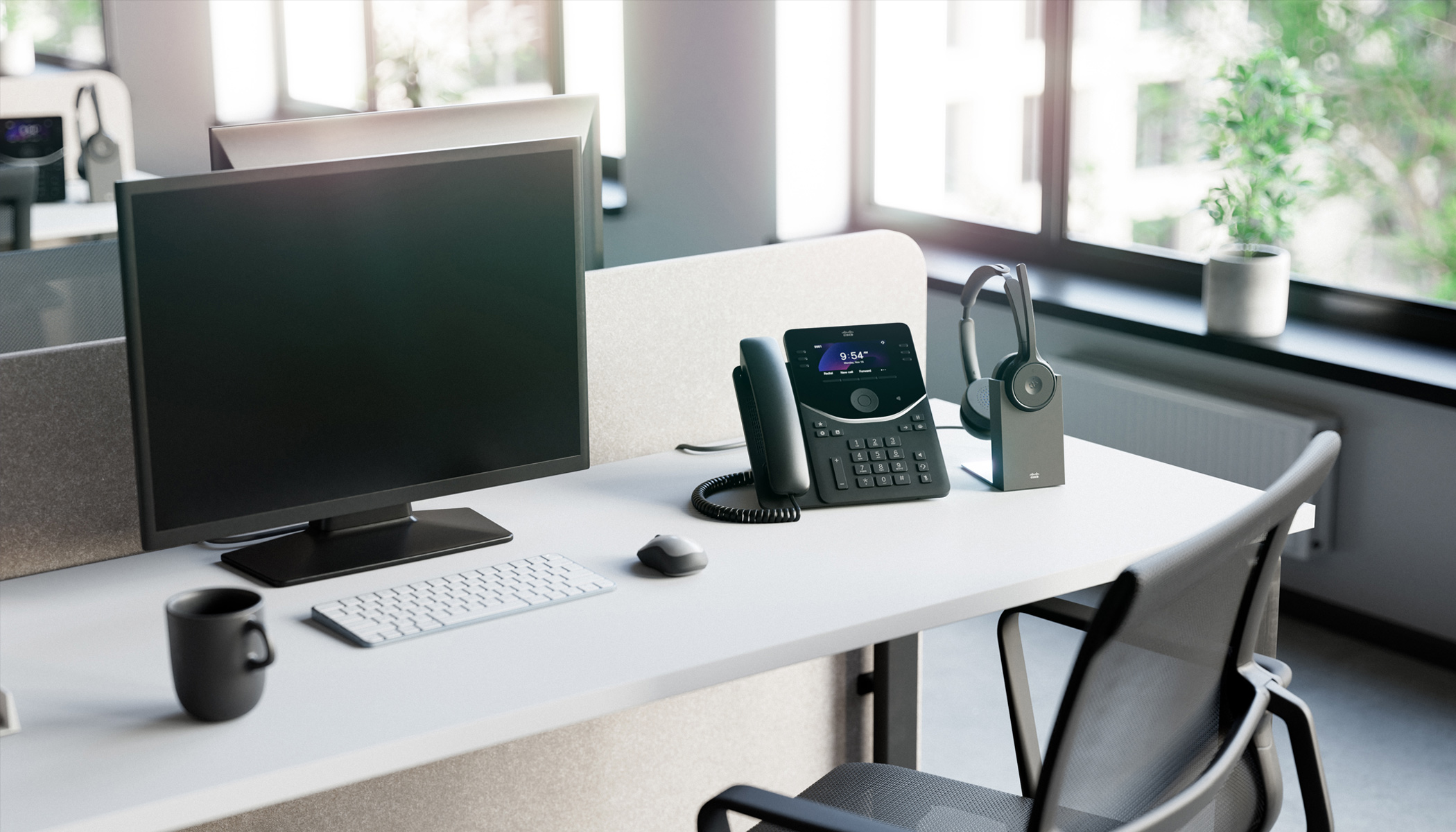In today’s hybrid workplace, productivity and flexibility are two sides of the same coin. We want to get work done from anywhere and we have the tools to do it effectively. Those tools, a product of constant innovation and recent global necessity, bring with them new challenges. A key obstacle to productivity now comes from the proliferation of collaboration tools in the workplace: context switching.
So, what exactly is context switching in the workplace? How does it impact productivity? We’ll explore it in more detail shortly, but the simple definition of context switching is when you stop what you’re working on and switch to another—often unconnected—task or project.
The good news is there are ways to minimize context switching. First, let’s set the table by exploring collaboration tools and software.
Contents
- What are collaboration tools?
- What is context switching?
- The myth of multitasking and the truth of app fatigue
- How unified collaboration platforms help solve app fatigue
- How integrations and embedded apps can minimize context switching
- Unifying collaboration tools is simpler than you think
What are collaboration tools?
The purpose of a collaboration tool is to make it easier for teams to work together. They vary in design intent, from sharing ideas and co-creating to managing, tracking, and reviewing projects and progress. The ideal collaboration solution brings all these capabilities together on one platform—whatever your business priorities, the tool should make them easier to attain.
Modern collaboration software has its roots in the early days of computer networks, video games, and the internet. When you think about it, connecting, collaborating, working together—it’s all fundamental to the development of computer networks. In the ’70s, we saw the rise of early online gaming programs across both local-area and wide-area networks. Airflight and The Oregon Trail were among the first games that people could play with one another at different locations.

As the 80s began, the term groupware gained traction—essentially software that helped facilitate workflows, meetings, and processes. Soon, programs like Microsoft Exchange Server, Lotus Notes, WordPerfect Office, and Groupwise would accelerate workplace adoption of what are now more commonly called collaboration tools or collaboration software.
Fast forward from the early tech boom and collaboration tools grow to become a necessity across the global workforce, from file sharing programs and email providers to instant messaging and, yes, video conferencing. Fun fact: Webex was an early pioneer in the video conferencing world (yep, that’s right, we’re a 90s baby, founded in 1995).
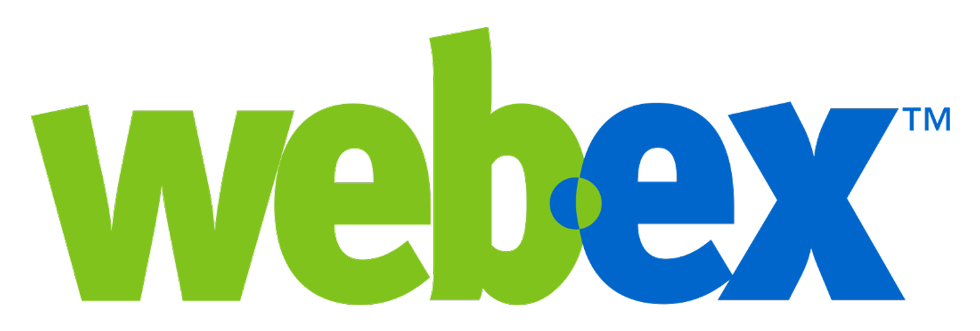
Today, the best collaboration tools include solutions for communication, collaboration, and co-creation across teams, individuals, and workstyles. Messaging, video conferencing, cloud calling, group spaces, asynchronous video—it should all flow seamlessly from one platform.
Check out our deep dive into collaboration tools for 2023 here . Now that we have an overview of collaboration tools, it’s time to explore a potential pitfall when using too many collaboration tools: context switching in the workplace.
What is context switching?
For decades, people primarily defined context switching in relation to computer programming. Today though, the term context switching has expanded to the workforce in general, and that’s not necessarily a good thing (though it may be a ubiquitous thing).
Context switching happens when you shift your focus from one task to another, whether app to app, project to project, or window to window. In a hybrid environment, context switching can be compounded by non-work distractions, too. At the end of the day, context switching can rob us of the valuable time we need to get things done.
In fact, the most recent research shows the average worker moved between different apps and websites around 1100 times a day. Even more jarring? That means we switch between around 30 apps almost once every minute.
Another recent study analyzed more than 100 workers for five weeks across three companies. From this data, the researchers extrapolated that context switching accounts for the loss of five work weeks annually, or 9% of an employee’s work time in a given year.
Through a hybrid work lens, high-volume context switching is a simple reality for organizations with different apps for video conferencing, file sharing, calling, real-time co-creation, and asynchronous video. Without a unified collaboration platform, context switching becomes an accepted time sink.
But it’s not something businesses should accept. Why accept diminishing productivity or a fatigued, dissatisfied workforce? On the business side, why settle for cost inefficiencies from overlapping software licenses and subscriptions? Choosing an alternative route might be simpler than you think. Let’s take a moment to explore some of context switching’s key partners in crime: multitasking and app fatigue.
The myth of multitasking and the truth of app fatigue
When we have a large queue of tasks at work, it’s natural to make progress where and when we can. If you’ve ever been analyzing spreadsheets, coordinating projects, or finalizing reports during a meeting, you’ve probably been startled by the questions we all dread: “What do you think about that?” or “Hey, can you chime in on this?” To which we inevitably answer, “Sorry, can you catch me up? I was multitasking.”
But that’s the thing—we aren’t really multitasking! We’re simply switching our focus to another task. It’s easy enough to test out: Try writing a detailed email while listening to a podcast you enjoy. Give yourself five minutes to do them both at the same time. Did you hear everything in the podcast? Did you write the email coherently? You probably didn’t complete either task as effectively as you would have if you were focused solely on either writing or listening.
Research tells us that the human brain is less productive when trying to do two things at once, and that attempting to simultaneously complete more than two tasks at once is all but impossible. In a study working to identify the unicorns of task completion (“supertaskers”), scientists found that only 2.5% of people can multitask in an effective way.
Dr. Daniel Levitin has a great breakdown of large-scale information overload, cognitive fatigue, and how it affects the human brain in terms of multitasking.
The section from 7:30 to around 16:00 offers a ton of great nuggets, including this snippet where Levitin illustrates the relationship between task switching and our brain chemistry:
“Each thing you’re doing is opening up a separate project file in a separate part of your brain…all that task switching comes with a neurobiological cost…every time it switches it uses up a little bit of the brain’s fuel: glucose. This can happen very rapidly and you find yourself feeling fuzzy-headed and foggy …because you’ve literally depleted the fuel you need to make that switch work.”
Levitin’s insight here applies to a broad range of task types. But this is also how many would describe a crucial symptom of context switching: app fatigue. We all know what it feels like. After hours of constantly moving between a bloated portfolio of work apps, our energy is sapped and our thinking becomes muddled. Let’s consider the current state of work life, home life, and technology. The volume of media and applications available to us is staggering. Recent reports show that on average, companies use 254 SaaS apps—and larger enterprises average 364 apps! Broken down even further on a department level, the research shows individual teams use 40 to 70+ apps on a regular basis.
Every day, we turn on a proverbial firehose of news, app notifications, and real-time communication—at home and at work. Is it any wonder we try to do more than one task at once, or barring that, to switch back and forth between tasks in a scramble for the elusive productive day? The proliferation of workplace applications and the human nature behind multitasking make context switching and workplace fatigue almost inevitable.
The Data Behind Video Meeting Fatigue and How to Combat it
Download this global study from Dimensional Research to learn more about the causes and consequences of virtual meeting fatigue and explore how the right technology can make a difference.

“But how do we break this vicious cycle? How do we stop continuously toggling between so many tasks and applications?
The answer might seem overly simple (and it is simple), but when you think about it, the simplest solution is often the best solution. It may sound mind blowing—but companies should use less apps! And the easiest way to use less apps is to leverage a unified suite of collaboration software.
How unified collaboration platforms help solve app fatigue
When searching for the best unified collaboration platform, IT managers and other decision makers must identify the most essential collaborative functions for their organization (video conferencing, for example). From there, an organization’s goal is to find a solution that doesn’t just provide those capabilities, but delivers them at scale, securely.
Our research shows that 86% of IT decision makers are focused on empowering distributed workers with seamless access to applications and high-quality collaborative experiences. And security is obviously key, with 89% prioritizing the maintenance of security, control, and governance across user devices, networks, clouds, and applications.
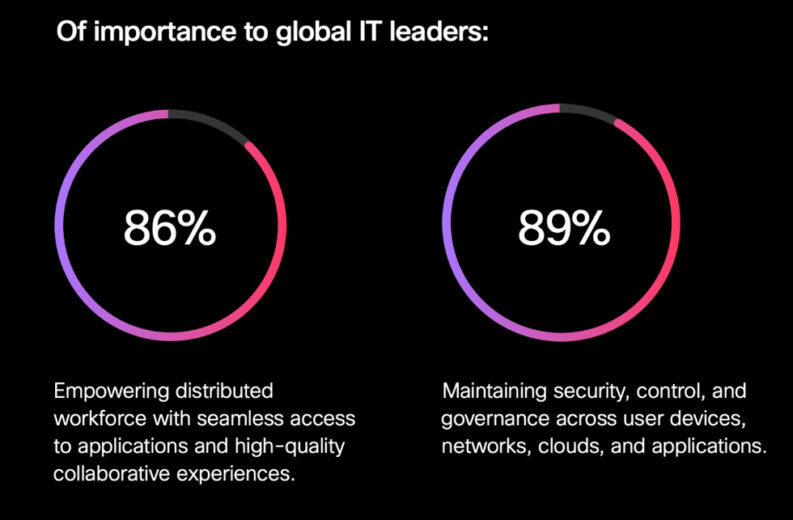
Investing in a unified collaboration tool checks important boxes for all kinds of companies. For example, if you’re a small or medium-sized business, you probably need a feature-rich phone system that makes sense for your budget. If you’re an enterprise telecoms provider, a comprehensive webinar solution to create engaging experiences for audiences can yield amazing results.
Or, maybe you’re an educational organization that provides resources and learning opportunities to remote and underserved communities—a powerful, easy-to-use video conferencing platform can help make learning easier and more fun.
And, if you’re working to deliver 5G to 104.8 million customers, a cloud contact center solution could be the key to unlocking those customers’ continued loyalty.
Most companies need some, if not all, of these solutions. The genius of a unified collaboration platform is that your team gets them all in one place. And a truly flexible collaboration platform does even more: it integrates with other third-party apps to reduce context switching even more.
How integrations and embedded apps can minimize context switching
As an organization, once you solidify the pillars of collaboration and customer engagement, it’s time to start checking productivity apps, project management tools, and more off your list.
Here’s the kicker: You can find a unified collaboration platform that integrates with external apps and embeds apps directly in the platform. With every solution in one place, teams can reduce context switching and alleviate app fatigue.
In fact, Webex has an extensive library of integrations and embedded apps, with categories ranging from developer tools and document management to analytics, project management, and calendars and scheduling.
Some of our most popular apps and integrations include:
This integration enables teams to add Smartsheet assets like sheets and dashboards in their Webex space while collaborating with colleagues in real time.
With a few simple clicks, you can start, schedule, or join Webex meetings from Box, and you can create or launch a Webex space with file and non-file collaborators.
Teams can reduce context switching by providing Meetings, Messaging, and Calling capabilities in connection with Salesforce records like Leads, Opportunities, Contacts, and more.
Start, schedule, and join Webex meetings right from Zendesk Support. Instantly invite customers and other team members to review tickets using your Webex Personal Room.
Check out our entire App Hub here.
Now, if you’ve taken stock of your organization’s collaboration and customer experience needs, you might be wondering: where does hardware come in?
The devices you use to collaborate can also contribute to—or reduce—context switching and app fatigue. Think about this key finding: More than 80% of companies use more than two video conferencing solutions. Why? Because companies work with other companies! Vendors, partners, suppliers, affiliates, sister-brands—in today’s interconnected world, accommodating a broad range of applications on laptops, desktop computers, mobile phones, and collaboration devices is as critical as any other priority in your tech stack.
That’s why Cisco has ensured that its devices work seamlessly with all the leading video conferencing platforms. You can move from Webex to Google Meet to Zoom and not miss a beat. And, it’s why Cisco devices will soon be certified for Microsoft Teams Rooms. The native Teams experience is now part of the Cisco device experience.
Get all the details on this new partnership here.
Unifying collaboration tools is simpler than you think
Now that you have a better sense of context switching, app fatigue, and the benefits of a unified collaboration platform, it’s time to start exploring. Be sure to take the pulse of key stakeholders and the departments who use collaboration software the most. Make note of how many video conferencing platforms you use, evaluate the flexibility of your phone system, and refer back to your workforce’s devices of choice.
By identifying pain points and opportunities for optimization, you’ll have a roadmap for what to look for in a collaboration platform.
Aragon Names Webex an Intelligent Video Conferencing Leader
Download the Aragon Research report now to see why Webex is considered a leader in intelligent video conferencing.
